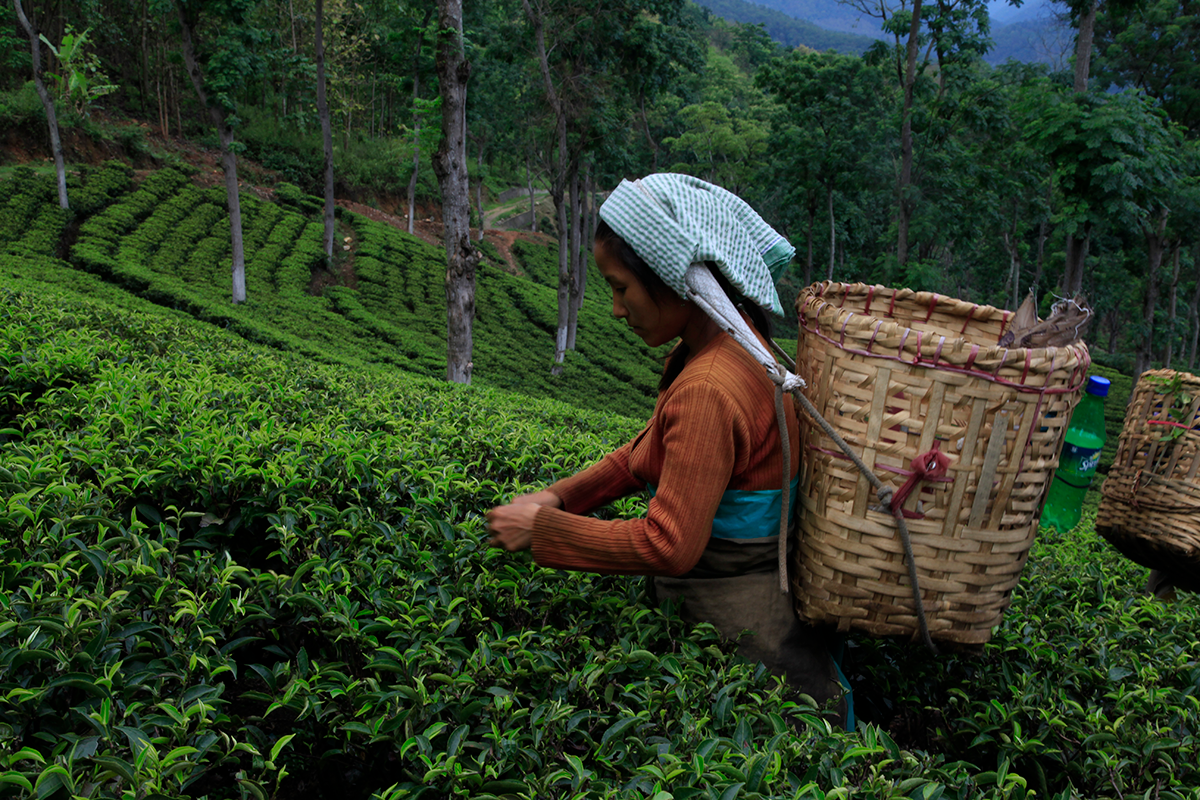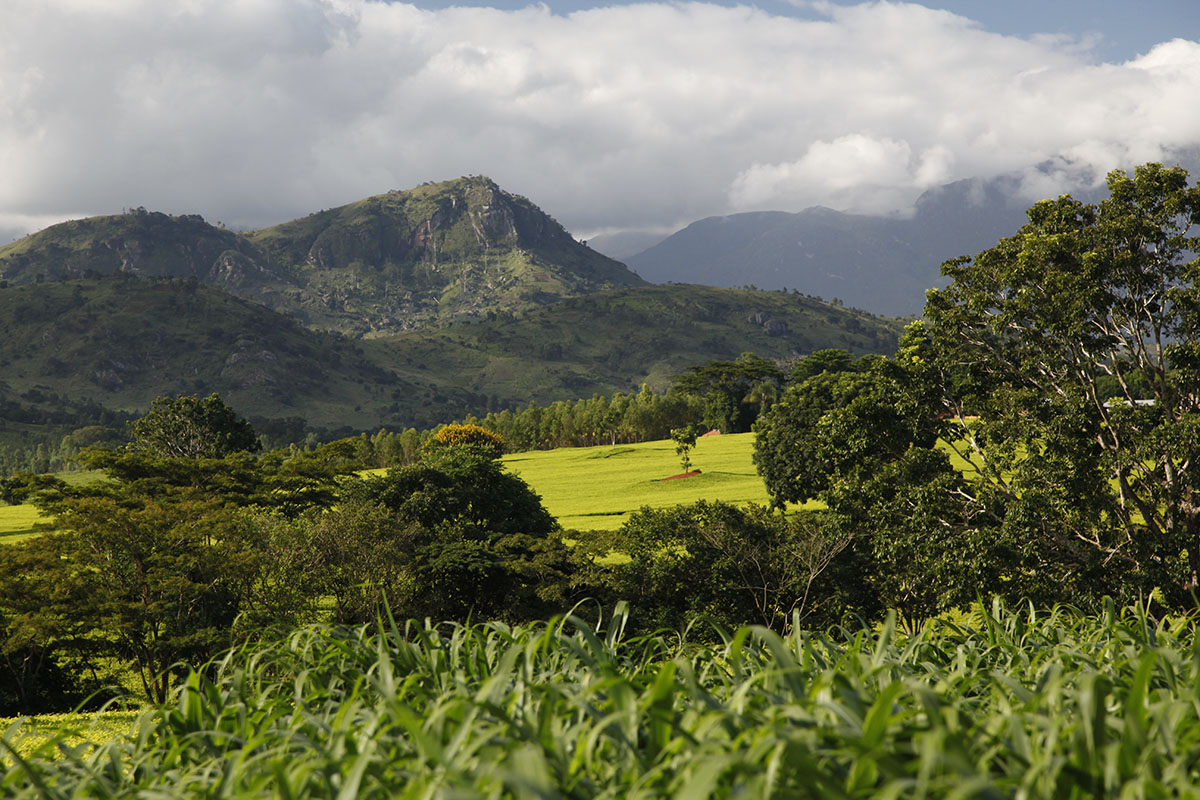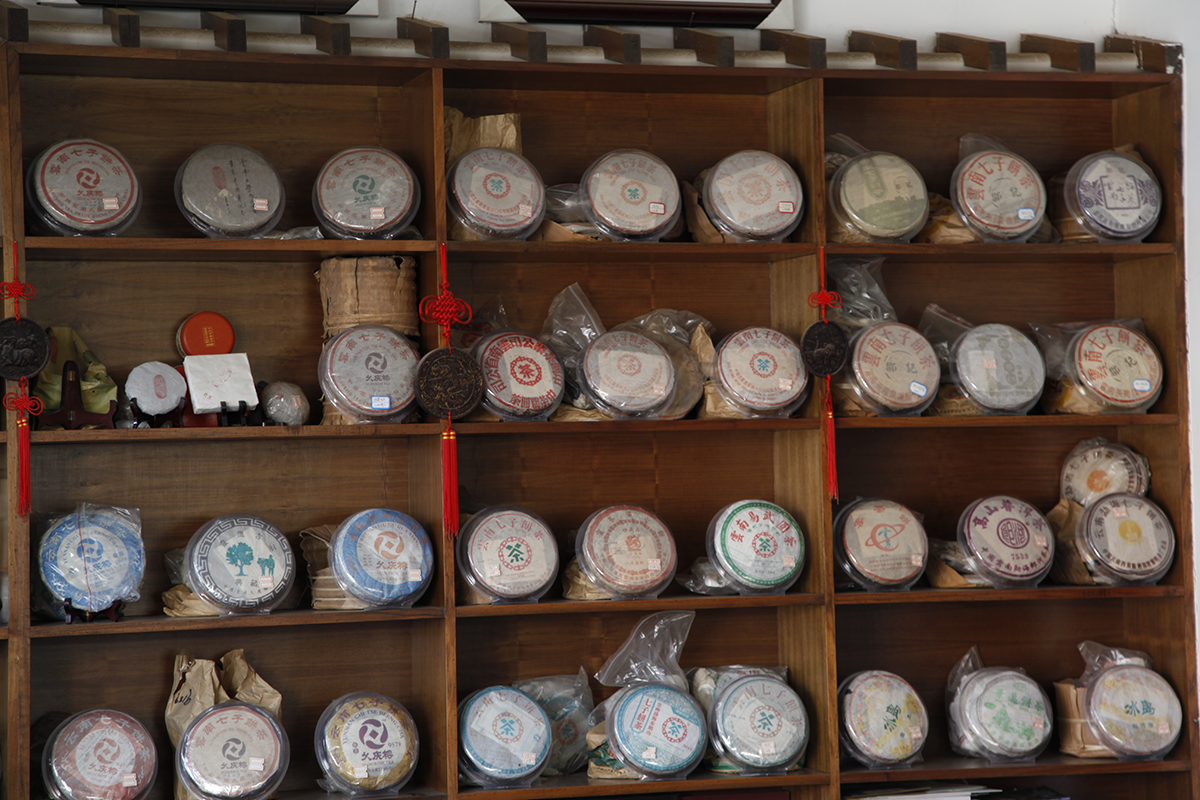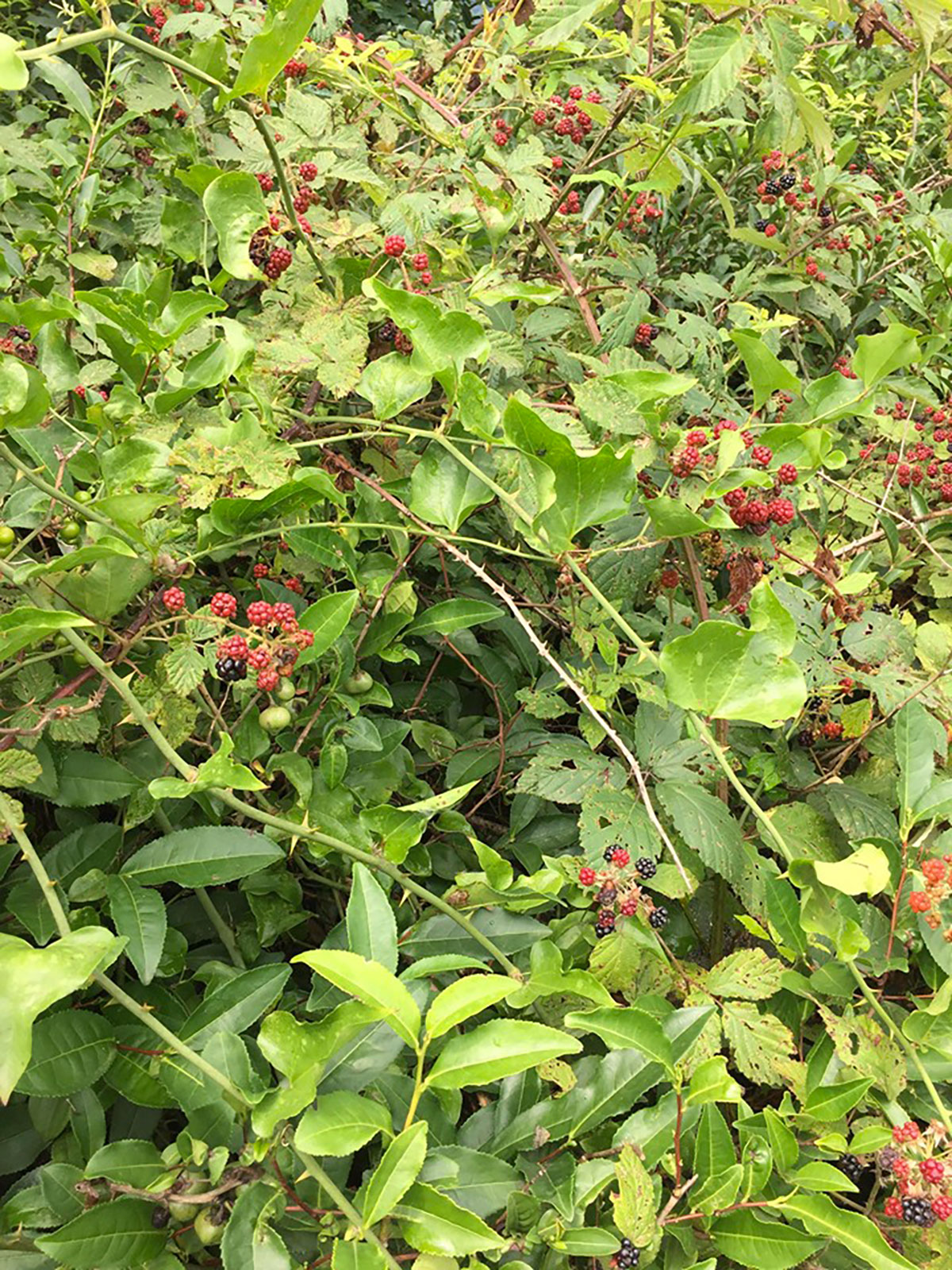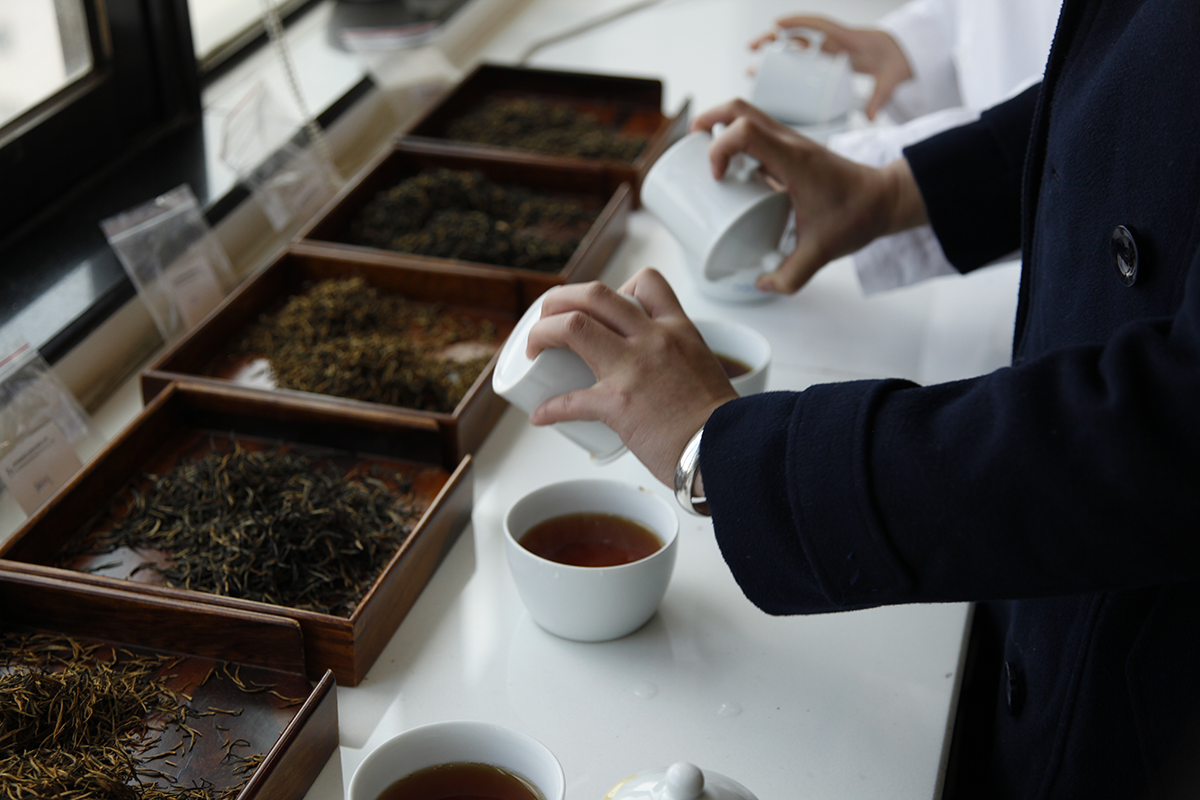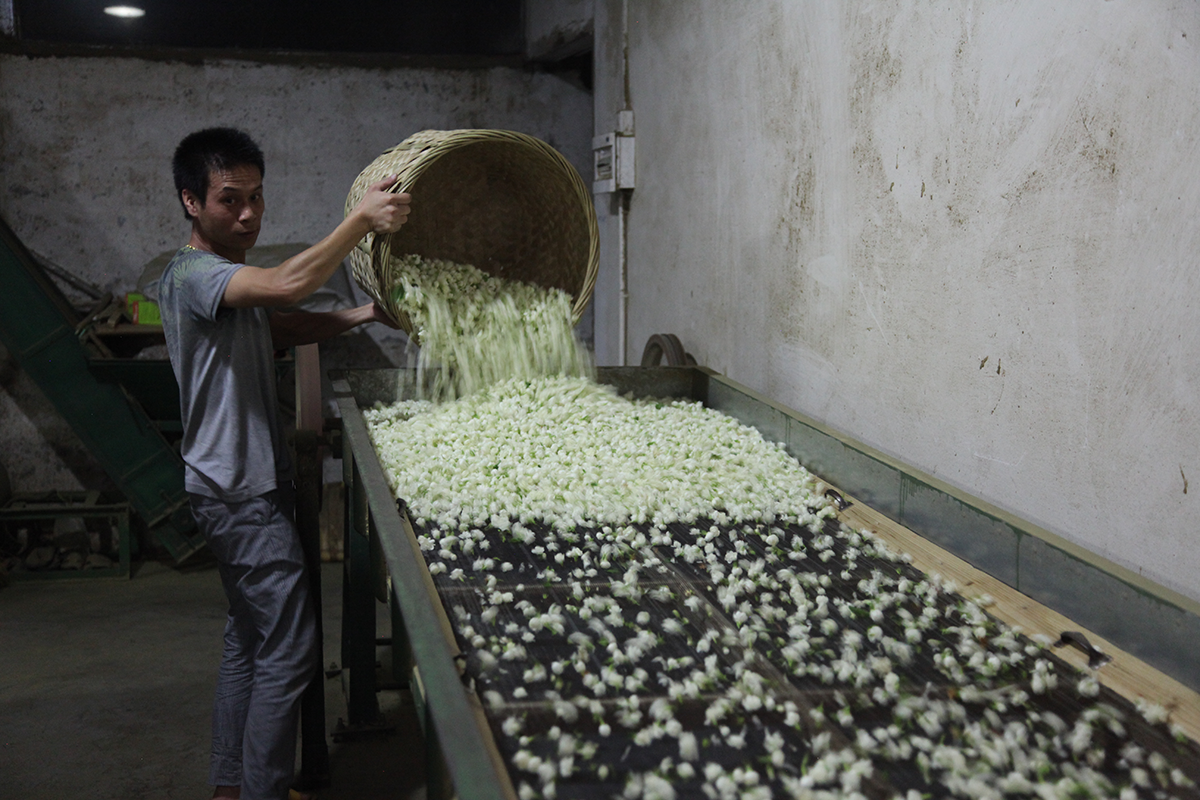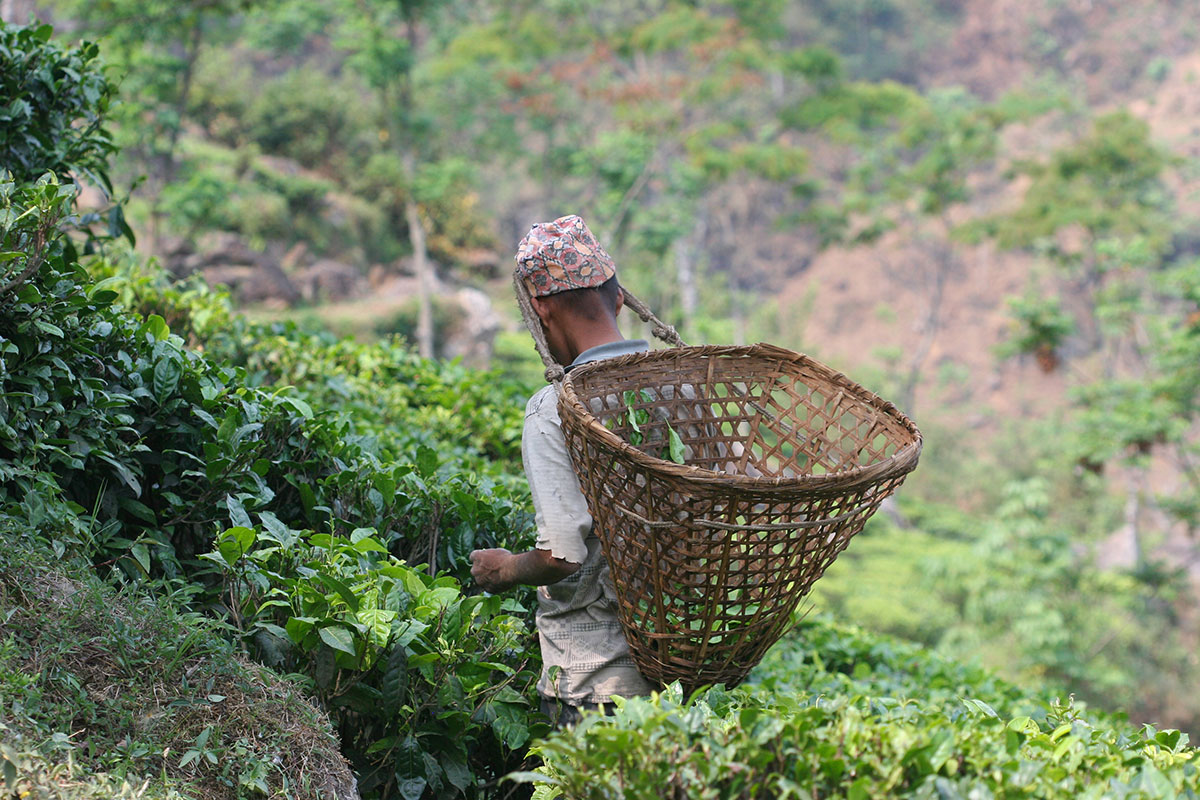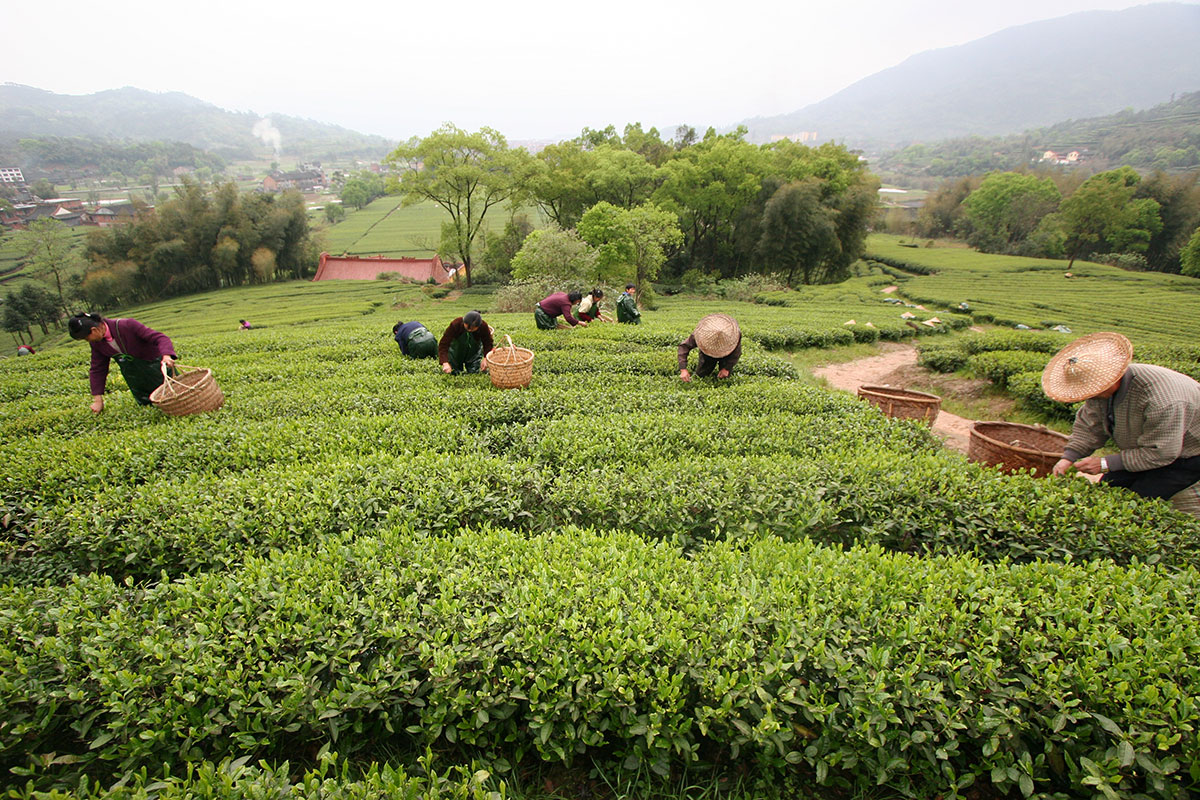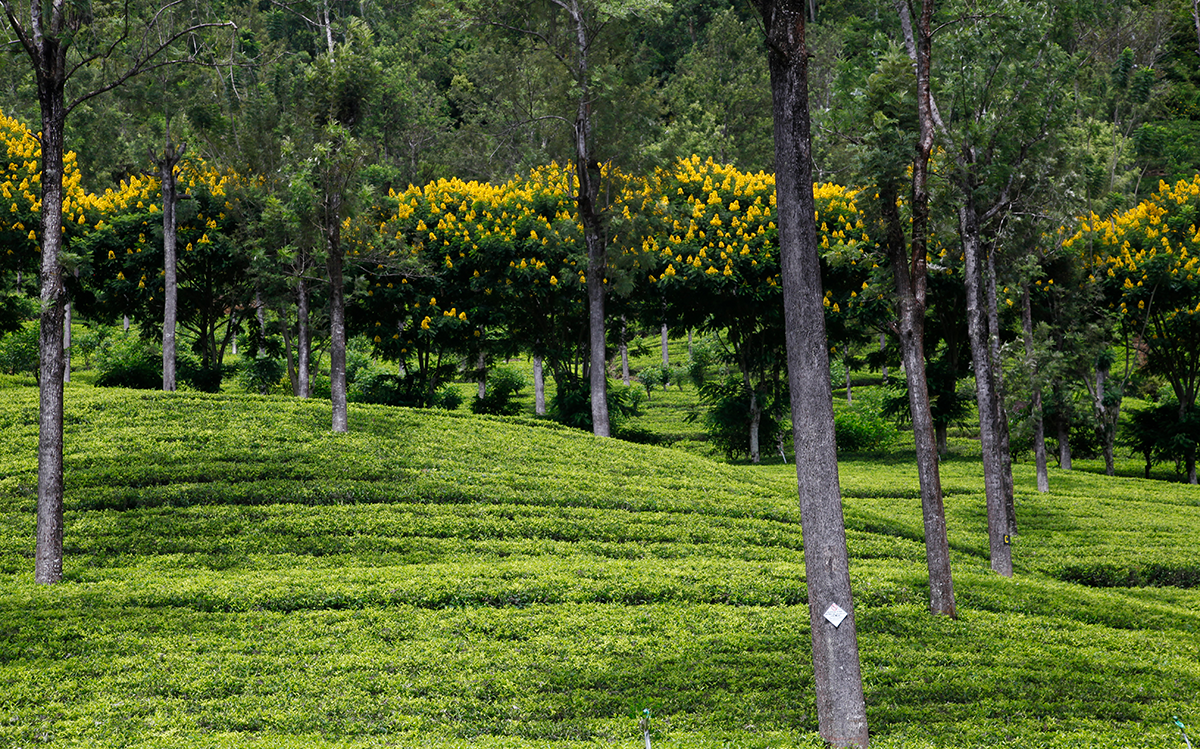The harvests will begin soon in Darjeeling. Happily, the tea is still picked by hand. The low-altitude plots are harvested first, for a simple reason: the tea plants have benefited from higher temperatures, meaning the terminal bud has grown faster. We can see that this photo was taken at the bottom of the valley, due to the gentleness of the slope and the density of the covering that protects the bushes from excess sunlight.
From plant to cup
The work of a tea researcher
In less than three months, the spring cycle will begin, and with it will come a deluge of new pluckings. As in every year, in addition to our regular selection, I will set off with my assistant tea researcher in search of rare teas. The work of a tea researcher involves constantly reviewing the teas we choose and tasting new teas from farmers we work with already (there’s no guarantee that someone who produced an exceptional tea the previous year will produce anything as good the year after). The work also consists of seeking out new farmers, both in well-established production regions as well as new areas where pioneers are starting to gain the necessary expertise. This photo was taken in Malawi, a country that just a few years ago, nobody would have suspected of being capable of producing good tea.
The dark tea season
The winter in general and especially the festive season is an ideal opportunity to explore dark teas, which have been fermented. The best known come from Yunnan and are called Pu Erh. They are sold in loose-leaf form or compressed into cakes (see photo). Dark teas undergo a slow ageing process (sheng) or an accelerated one (shu). They are prepared in a teapot or a gaiwan (gong fu method). Pu Erhs give off powerful aromatic notes of wood, undergrowth, spices, damp earth and animal aromas. And if I add that these dark teas are popular in China to help ease the effects of overeating, you’ll understand why this is a good time of year to discover them!
Clearing the way
Until recently, I searched for rare teas on my own, but for just over a year now I have been assisted by Léo. Sometimes we travel together, sometimes Léo visits a country on his own to find remarkable teas or farmers capable of remarkable work. This photo taken by Léo in Georgia is an accurate depiction of what we do. We clear the way. As we set off on our adventures to discover rare teas, here in Georgia the brambles have invaded the tea plants and it is time to clear them away.
About premium teas
One question often crops up when I meet customers – it’s about how we source our premium teas. With the growing number of Palais des Thés stores, people want to know if I can always find enough fine teas without compromising on quality. The answer is simple. Right now, I have to taste about 100 teas on average to identify one or two premium teas. But it’s not a problem to try more and choose more. However, I can’t alter the size of the batches. If a farmer has produced 100 kg of an exceptional tea, I can’t ask him to send me 200 kg without affecting the quality. But I have no problem finding other farmers who produce exceptional teas. So to sum up, it’s not difficult to find different premium teas, but the size of the batches is limited, so you won’t find the same choices of premium teas in different Palais des Thés stores on any given day.
Varying qualities of jasmine tea
In China, the best jasmine teas come from the Fujian region (photo). They are made using the finest green teas in the province, harvested in April. The jasmine flowers are picked between July and early September. But if we go by volume rather than quality, the biggest producing region is Guangxi. There, they use green tea of a lower quality, while their jasmine flowers from early May to the end of September, hence the high volume, which is double or triple that of Fujian.
Rare smoked teas
Smoked tea, or Lapsang Souchong, is a speciality of Fujian. It is not very popular with Chinese people, and so it is exported. European food safety regulations were tightened a few years ago, and it is now very difficult to find a smoked tea that meets those standards. This is not due to specific pesticides, but because of a molecule called anthraquinone that forms naturally during the smoking process. For several years I’ve been encouraging a number of farmers to modify their smoking technique so that their tea can be approved. This is a slow, ongoing process, but there have been some positive results.
First Steps
Autumn has arrived! For those of you just beginning to explore tea, here are the basics you should know about the plant. Tea comes from Camellia sinensis, a variety of camellia. Several times a year, new growth is plucked from this evergreen shrub to be processed into different types of tea (green, black, white, etc.). The colour of the tea comes not from the shrub itself, but from the way the leaves are handled after harvesting. Tea plants thrive in regions with a hot and humid climate, preferring acidic soil and regular water throughout the year. Finally, altitude (tea plants grow at up to 2,500 meters) enhances the quality of tea while reducing yield.
About the selection of Chinese new-season green teas
This year, I have chosen ten Chinese new-season green teas. They include well-known names such as Bi Luo Chun, Long Jing, Huang Shan Mao Feng, Ding Gu Da Fang and Yong Xi Huo Qing, as well as some rare pluckings. There are three aims with a selection like this: the teas must be exceptional, clean, and offer value for money.
I’ve travelled enough in China over 30 years to know where to find the best teas. However, every year, more and more Chinese people are buying these rare teas, and domestic demand has gone from non-existent to high, which has, of course, pushed prices up. Also, although European standards on pesticide residues are the strictest in the world, which is a good thing, they put off a number of farmers due to the long, costly analysis process involved, first in China, then in France.
So the 2019 Chinese new-season selection features teas that are rare, clean and the best possible value for money. Happy tasting!
A bit of shade
When it gets really hot, tea plants benefit from a few hours of shade every day. So in regions where temperature can soar, trees are planted above them.
We are like the tea plants – dreaming, as we walk around town, of leafy trees that would shade us from the sun and excessive heat.

